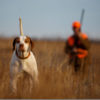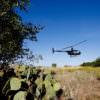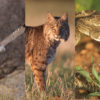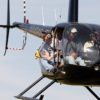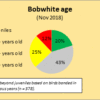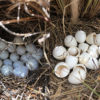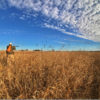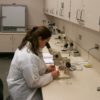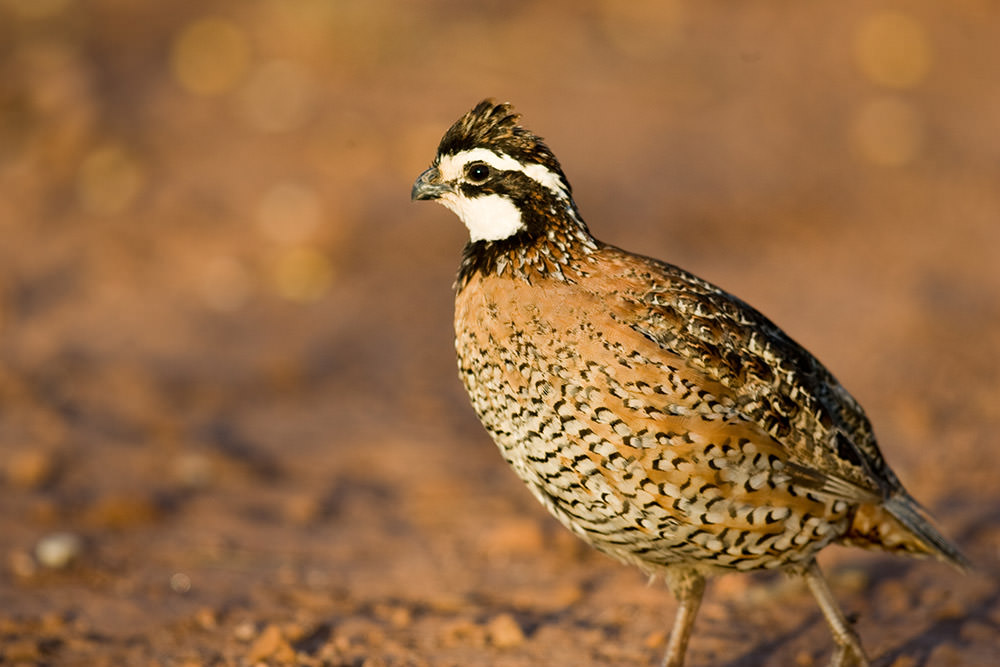
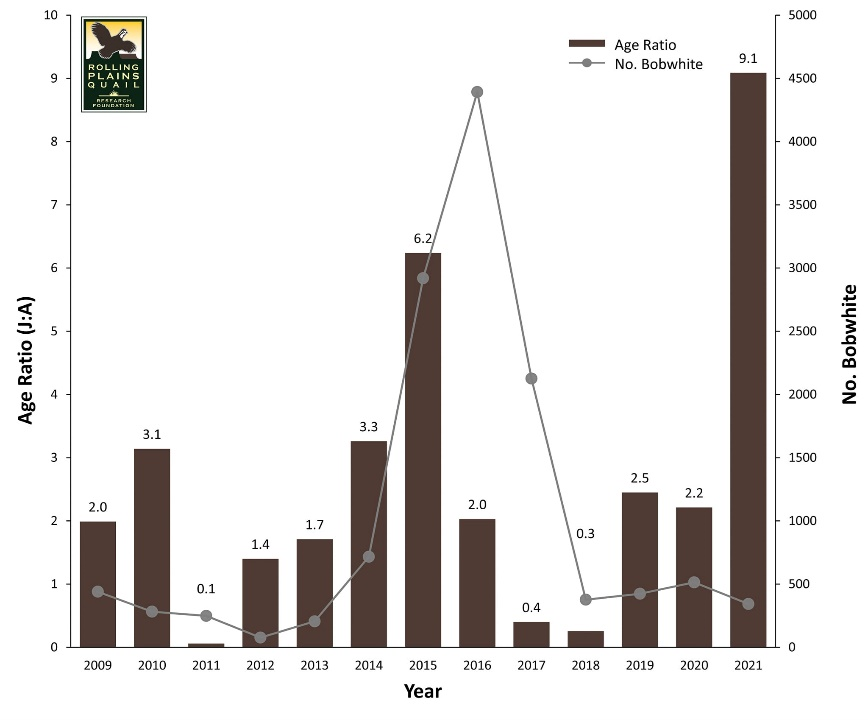 The RPQRF team uses state-of-the-art technology and methods to estimate abundance of quails from trapping. In short, quails are captured and leg-banded during a time period in which we assume births, deaths, immigration, and emigration are negligible on the population (6 days). This concept is called demographic closure. Say a bird is not captured on the first trapping day but is indeed captured on the 3rd day and again missed on the remainder of the days. With our assumption of demographic closure, we presume that the bird captured on the 3rd day was also present in our population on the other days; we simply failed to detected it on the other days. With multiple captures we can build robust estimates of capture probability and factors that influence it. The number of birds in the population is therefore the number of birds we captured divided by the capture probability (simplistically). We can also estimate survival between trapping periods using somewhat similar statistical methods and different assumptions. Needless to say, trapping data are some of the most robust and valuable data collected on RPQRR and also provide an opportunity for our team to distribute radio transmitters on quails to learn even more.
The RPQRF team uses state-of-the-art technology and methods to estimate abundance of quails from trapping. In short, quails are captured and leg-banded during a time period in which we assume births, deaths, immigration, and emigration are negligible on the population (6 days). This concept is called demographic closure. Say a bird is not captured on the first trapping day but is indeed captured on the 3rd day and again missed on the remainder of the days. With our assumption of demographic closure, we presume that the bird captured on the 3rd day was also present in our population on the other days; we simply failed to detected it on the other days. With multiple captures we can build robust estimates of capture probability and factors that influence it. The number of birds in the population is therefore the number of birds we captured divided by the capture probability (simplistically). We can also estimate survival between trapping periods using somewhat similar statistical methods and different assumptions. Needless to say, trapping data are some of the most robust and valuable data collected on RPQRR and also provide an opportunity for our team to distribute radio transmitters on quails to learn even more.
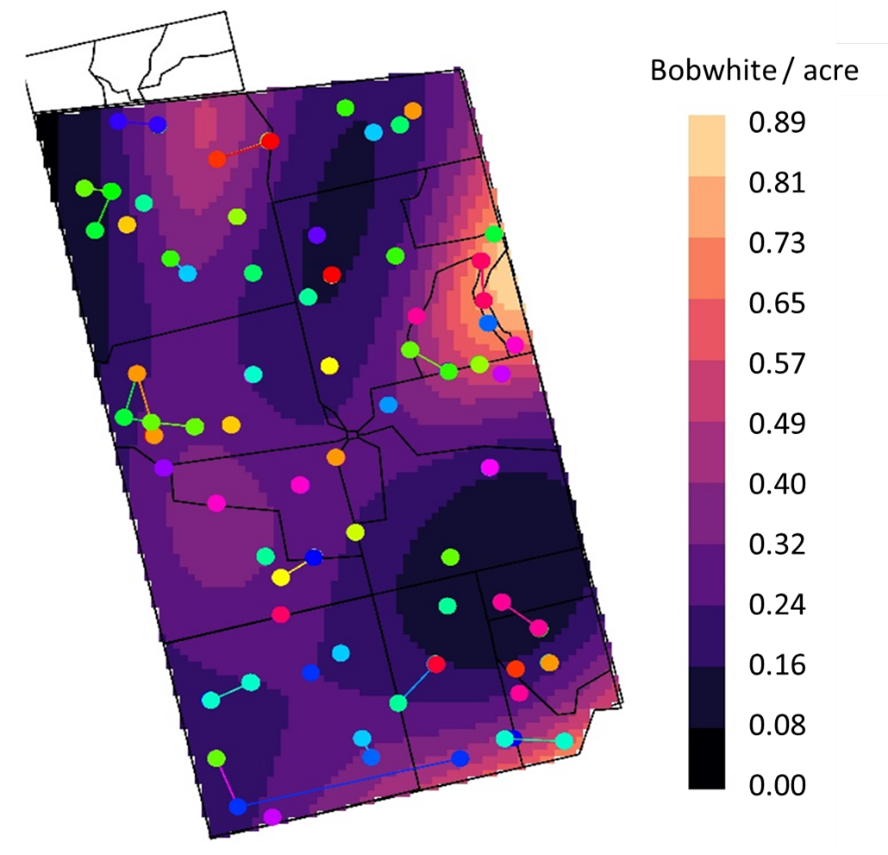 Trapping data verify that it’s been a weird year for quail in the Rolling Plains. We started the year with a crazy and terrible winter storm that had lasting effects on adult survival, and therefore the number of birds entering the nesting season. Nesting was delayed slightly, but our telemetry data indicated strong nesting performance across the region, both in terms of length of nesting season and the nest initiation rates. Our trapping data support this. We documented an age ratio of 9.1 to 1 this fall– the highest age ratio we have ever documented on the Ranch! During trapping, we also “back-date” the age of juveniles captured using molting patterns. These data also verified a strong August and September hatch. Age ratios, however, should be interpreted with some caution as variation in adult or juvenile survival can cause some variability in the metric (see technical publication below). While we captured a similar number of birds compared to last fall, capture probability varied greatly and our models estimate that abundance is slightly up at the Ranch this year.
Trapping data verify that it’s been a weird year for quail in the Rolling Plains. We started the year with a crazy and terrible winter storm that had lasting effects on adult survival, and therefore the number of birds entering the nesting season. Nesting was delayed slightly, but our telemetry data indicated strong nesting performance across the region, both in terms of length of nesting season and the nest initiation rates. Our trapping data support this. We documented an age ratio of 9.1 to 1 this fall– the highest age ratio we have ever documented on the Ranch! During trapping, we also “back-date” the age of juveniles captured using molting patterns. These data also verified a strong August and September hatch. Age ratios, however, should be interpreted with some caution as variation in adult or juvenile survival can cause some variability in the metric (see technical publication below). While we captured a similar number of birds compared to last fall, capture probability varied greatly and our models estimate that abundance is slightly up at the Ranch this year.


